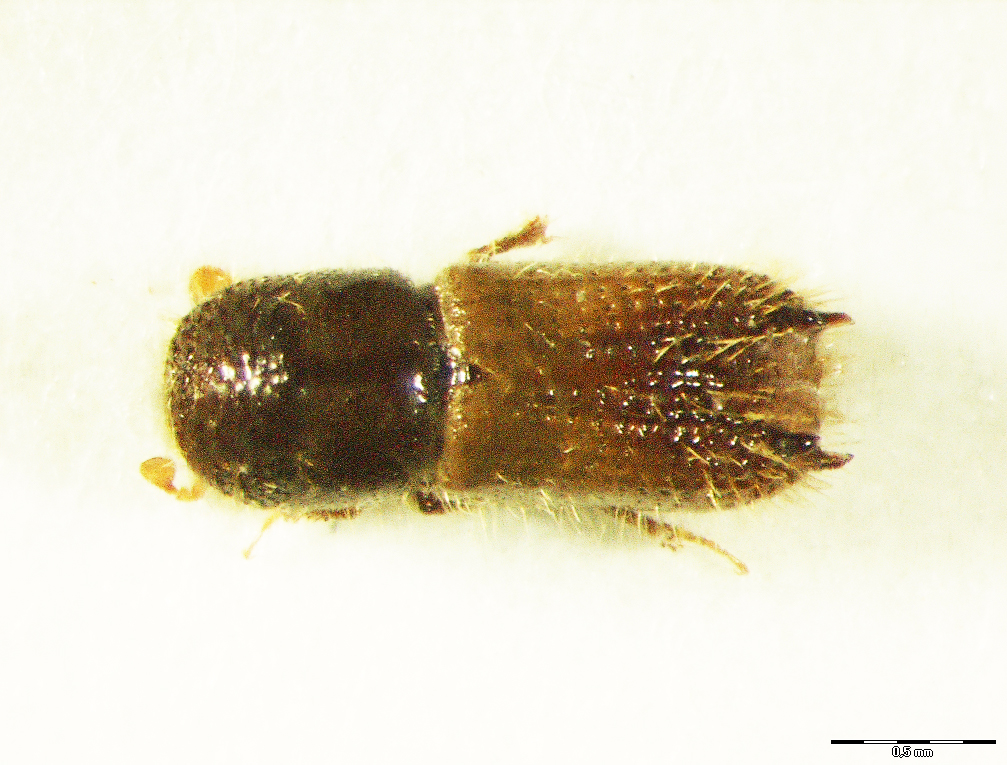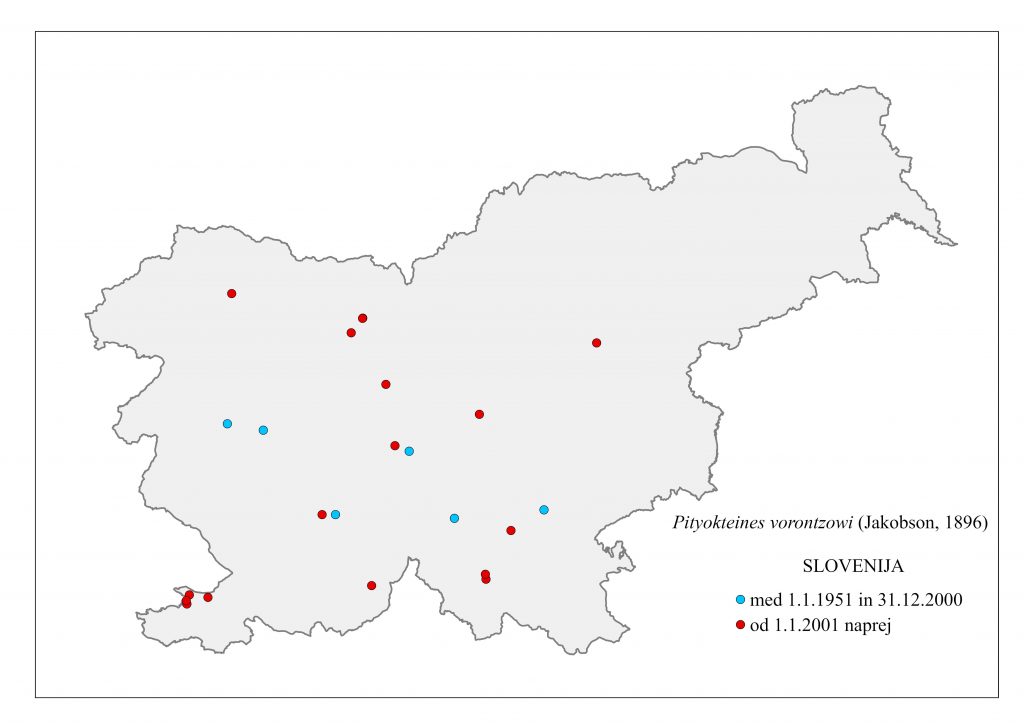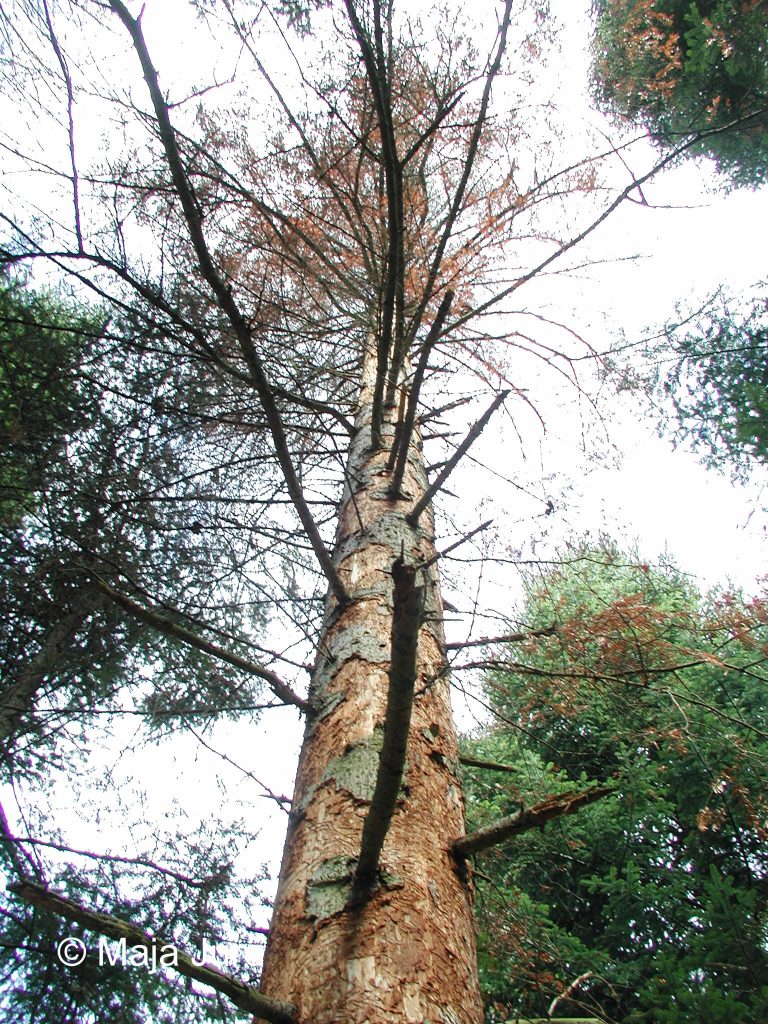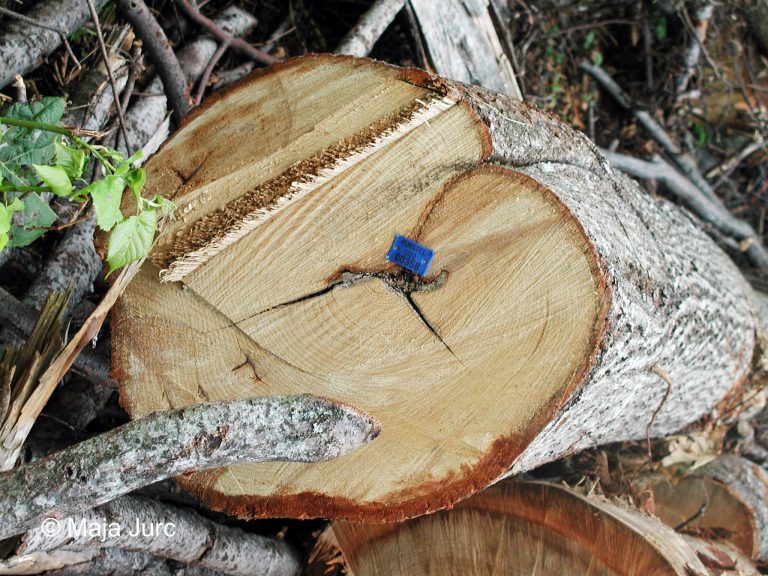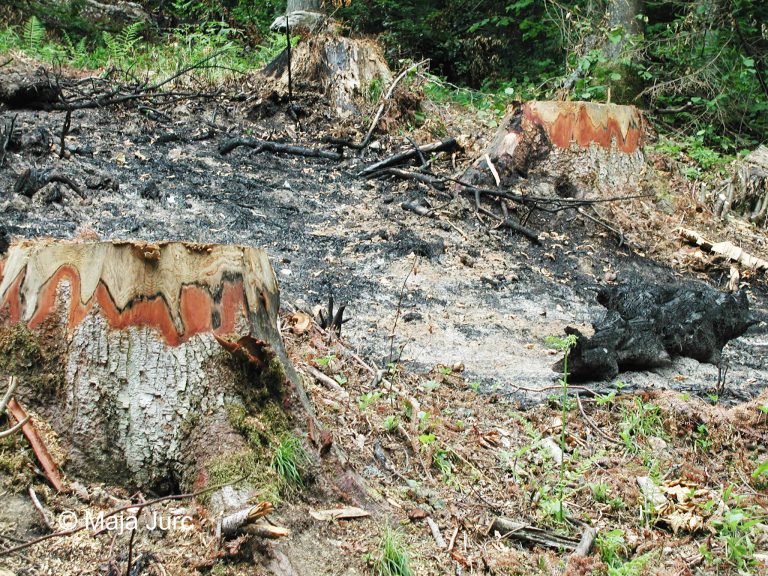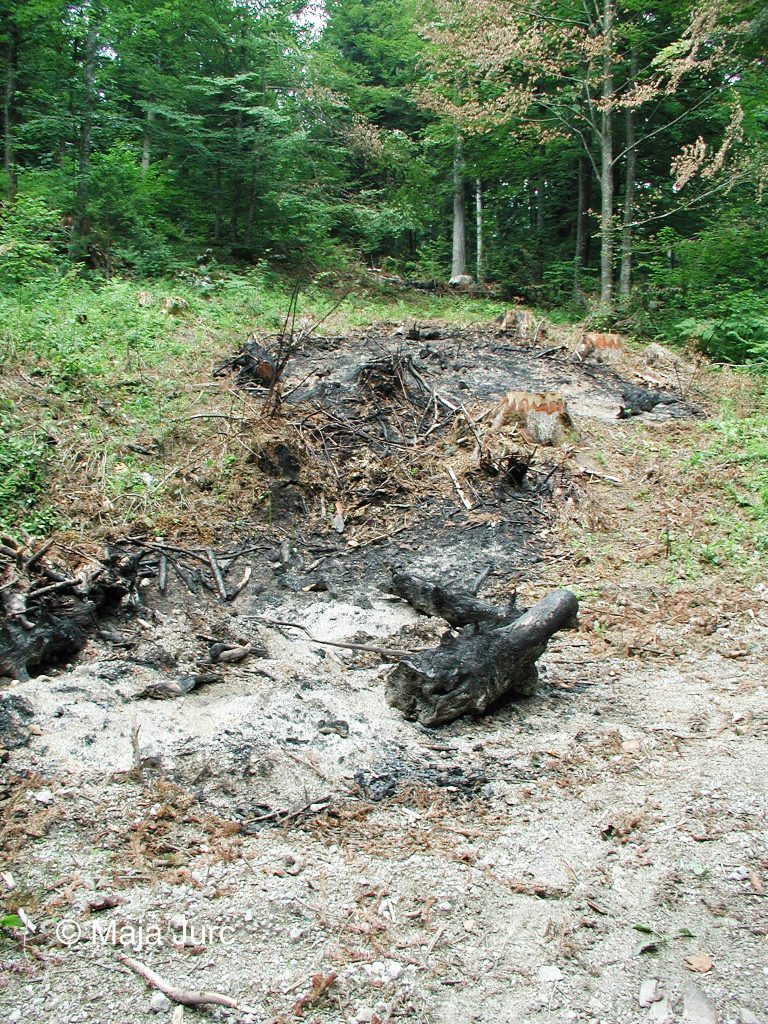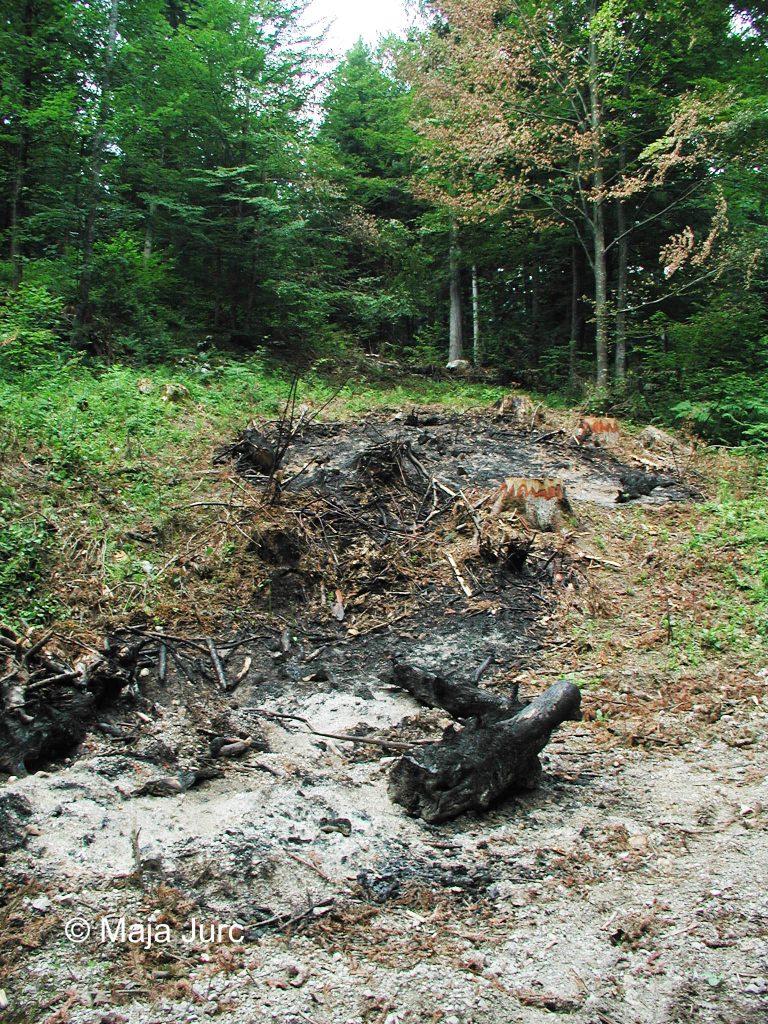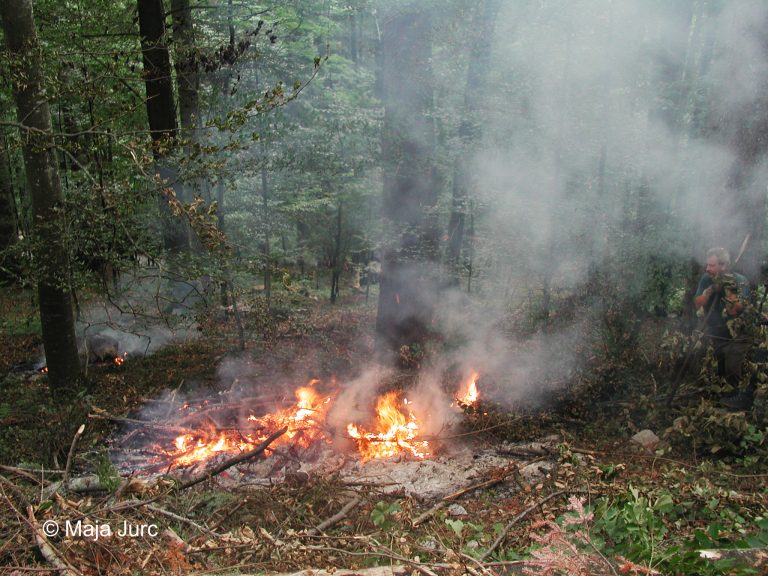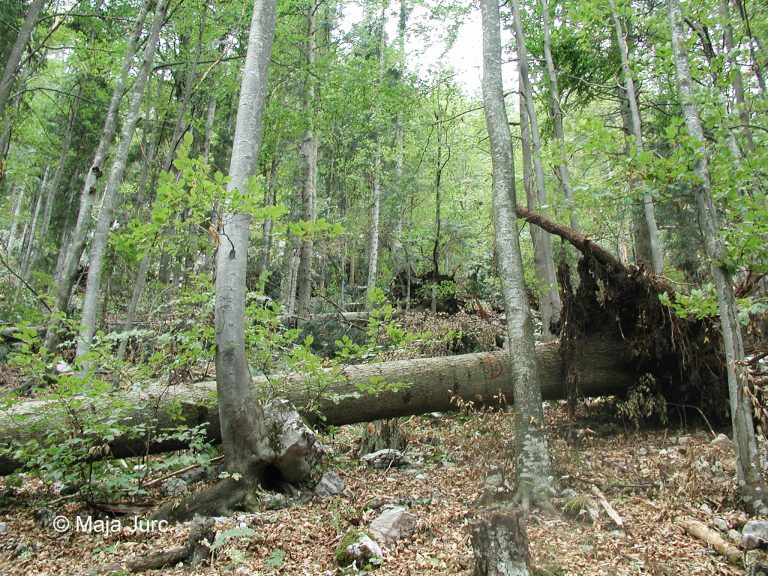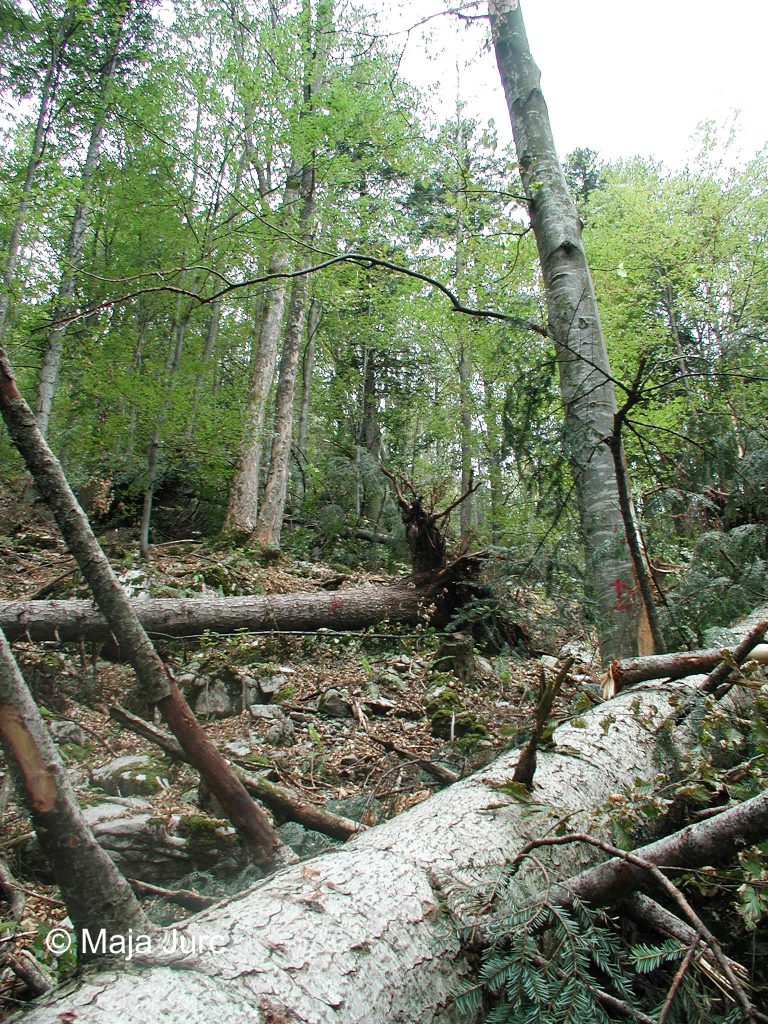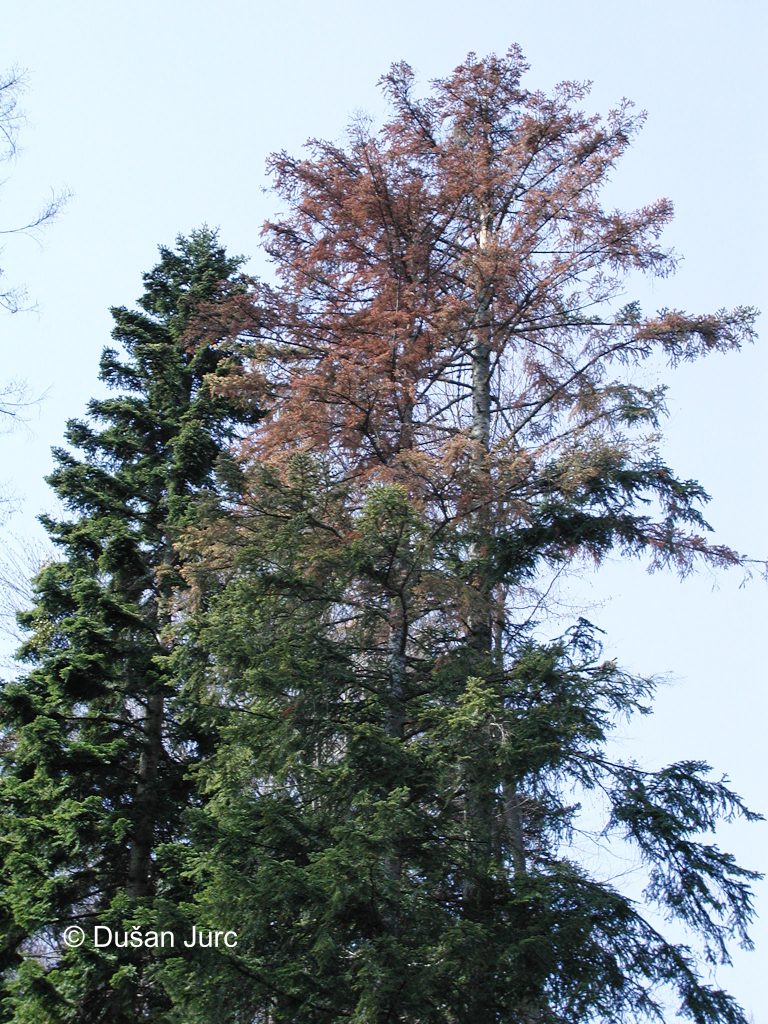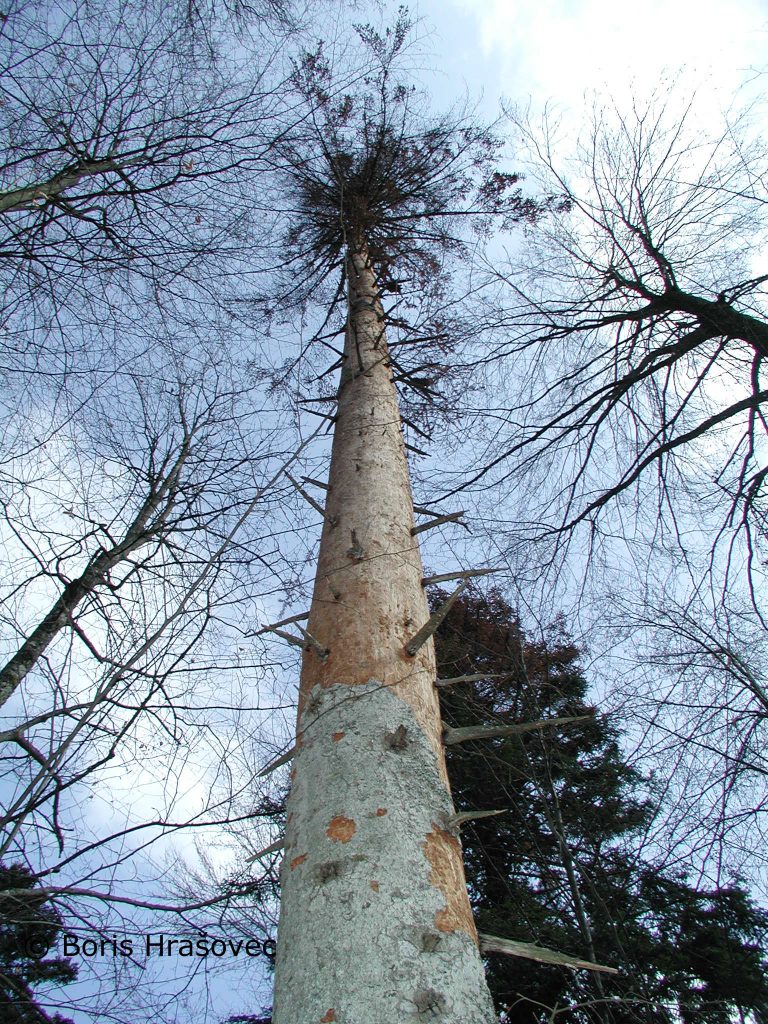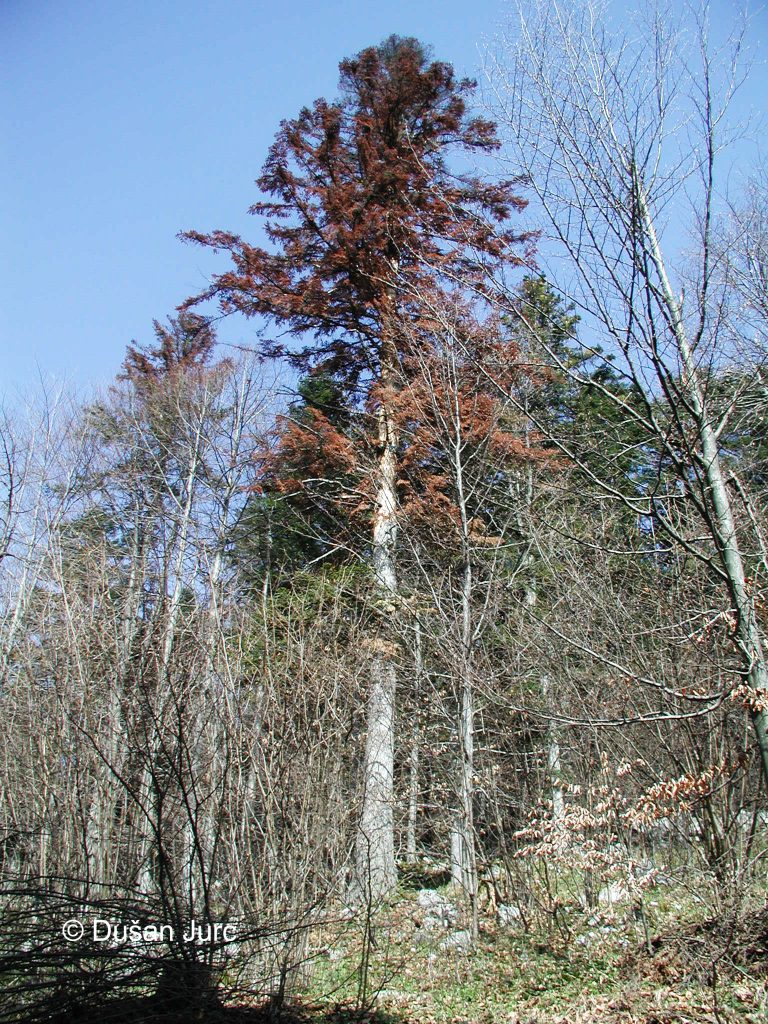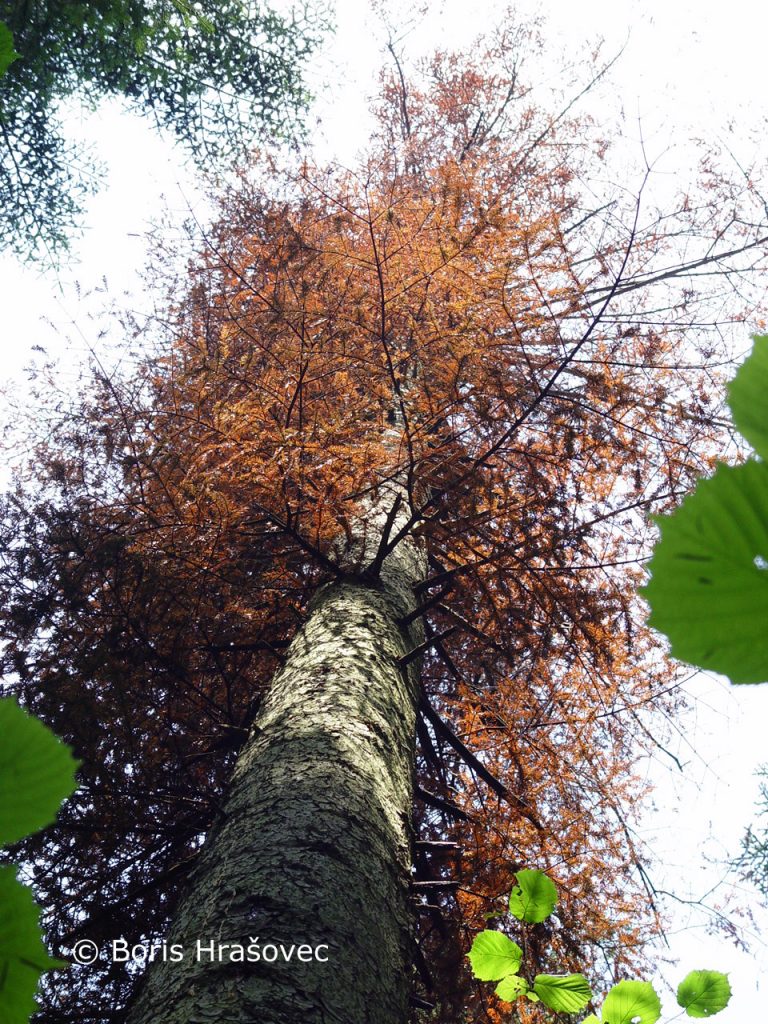31.03. Pityokteines vorontzowi (Jakobson, 1896)
Presence
E: AU BH BU CR CZ FR GE GR HU IT MC PL RO SK SL SP ST SZ UK YU
A: TR
Figure 147: Pityokteines vorontzowi, dorsal, lateral (Photo: Maja Jurc)
Older catalogs and keys – citations of name
Grüne 1979: Pityokteines vorontzovi Jakobson, 1895; Freude, Harde, Lohse 1981: Pityokteines vorontzowi Jakobs; Titovšek 1988: Pityokteines vorontzovi (Jakobson); Pfeffer & Knížek 1993: Pityokteines vorontzowi (Jakobson, 1895); Pfeffer 1995: P. vorontzowi (Jakobson, 1895).
Figure 148: Pityokteines vorontzowi, distribution map according to historical and recent data
Ecology and presence in Slovenia
The species is distributed in the fir range from southern France to the Caucasus, Bulgaria, western Ukraine and Turkey. The species has been underestimated and its distribution in Slovenia is comparable to that of the other two species of the genus Pityokteines, but it usually occurs on a smaller scale (Figure 148). Hosts of P. vorontzowi are Abies alba, A. cephalonica, A. nordmanniana and A. bornmülleriana, and less frequently Larix decidua, Picea abies, Pseudotsuga menziesii and Pinus sylvestris. In Slovene territory, the species has been found exclusively on A. alba. The numerous records in traps set in pure stands of Pinus sylvestris (Brdo pri Kranju) are due to the effective attraction of pheromones. A polygamous species, it develops two generations per year, swarming in April and August. It breeds mainly in thin-bark parts of trees, in branches up to 1 cm in diameter and in the upper parts of trunks. In young fir trees it colonises the entire trunk. The tunnel system is star-shaped, transversely oriented, with 2-8 maternal galleries. The large brood chamber is deeply embedded in the sapwood. Adult length is 1.6-2.4 mm. The male has three major and one minor denticle on each side of the elytra apex. The first (sutural) denticle projects obliquely upwards, the second is thickened and horizontal, and the third protrudes slightly upwards. There is usually only one smaller denticle between the second and third denticles. The female has poorly developed denticles, a longitudinal ridge in the middle of the forehead and a brush of dense, yellow hairs growing out of the forehead (Figure 147). A secondary species that accompanies other species of fir bark beetles. Pheromones: [S]-(-)-Ipsenol and [R]-(-)-Ipsdienol (Harring, Candace et al. 1975; Harring, Candace 1978).

